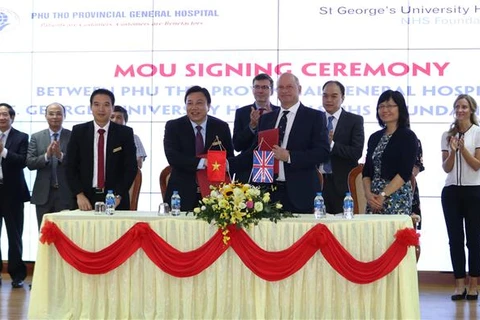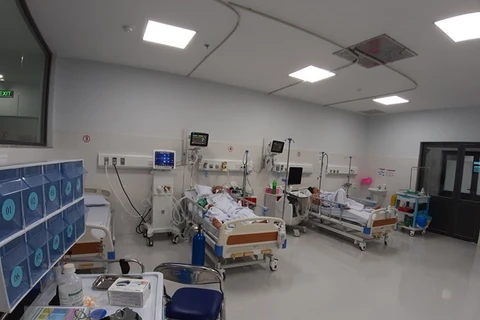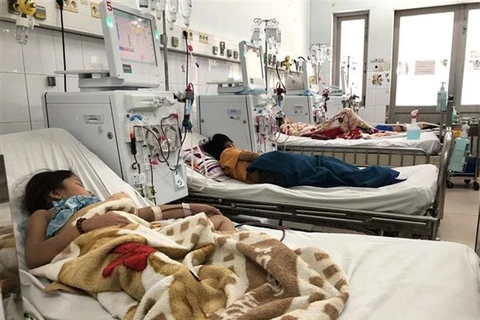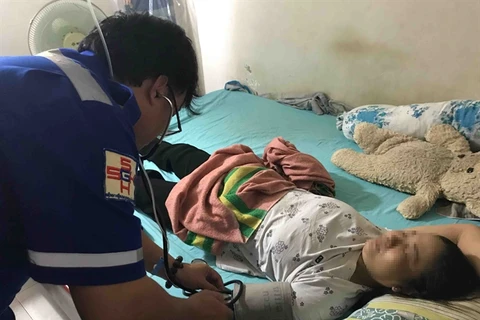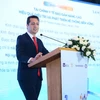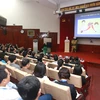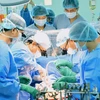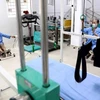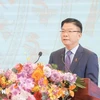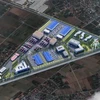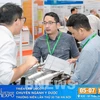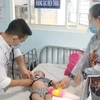 A map showing the 17 hospitals in HCM City equipped to treat stroke patients (Source: http://www.medinet.hochiminhcity.gov.vn)
A map showing the 17 hospitals in HCM City equipped to treat stroke patients (Source: http://www.medinet.hochiminhcity.gov.vn) Hanoi (VNA) - The Ho Chi Minh City Department of Health has uploaded a list of 17 hospitals that are capable of receiving and treating stroke victims on its website.
Several stroke patients have died because they were taken to health facilities that lacked the capability, Dr Nguyen Huy Thang, Chairman of the Ho Chi Minh City Stroke Association and head of the cerebrovascular diseases department at the People’s Hospital 115, told a recent meeting held to review emergency activities in the city.
The 17 hospitals are People’s Hospital 115, Ho Chi Minh City University Medical Centre of Ho Chi Minh City, Cho Ray Hospital, Thong Nhat Hospital, Gia Dinh People’s Hospital, Thu Duc District Hospital, Xuyen A Hospital, Gia An 115 Hospital, City International Hospital, Hoan My Sai Gon Hospital, Military Hospital 175, International Neurosurgery Hospital, Nguyen Tri Phuong Hospital, Trung Vuong Hospital, District 2 Hospital, An Binh Hospital, and Tan Phu District Hospital.
They all have dedicated facilities to treat strokes with two to 140 beds.
Many of them perform vascular intervention and brain surgery and use medication like clot-busting drugs.
The Stroke Centre with 140 patient beds at the People’s Hospital 115 is the largest and well equipped for treatment. It was the first in Asia to be accredited for meeting Gold Treatment Quality Standards of the European Stroke Association.
Recently, the Ho Chi Minh City University Medical Centre became the second to achieve the gold quality standard.
The People’s Hospital 115 and Gia An Hospital 115 use a RAPID neuroimaging platform to identify stroke patients most likely to benefit from endovascular thrombectomy, a procedure to remove a blood clot under image guidance.
RAPID computed tomography-perfusion and RAPID magnetic resonance-perfusion enable doctors to select acute stroke patients with known occlusion of the internal carotid artery or proximal middle cerebral artery for the procedure.
The rate of patients saved is only 20 percent because treatment is only effective when carried out within the ‘golden’ six hours after a person gets a stroke, according to the hospitals.
The People’s Hospital 115 admits nearly 1,200 stroke patients every year, but only 19.4 percent are brought within the critical period.
The University Medical Centre of Ho Chi Minh City admits 100 - 200 every month, but only 8 percent come in time.
Thang said late detection and treatment is the main cause of the high mortality rate.
A stroke is easy to detect: Patients have a drooping face, weakness in the arms and speech difficulties.
Yet many delay going to a health facility, Thang said.
Most strokes are caused by clots blocking blood flow to an area of brain, and treatment is aimed at removing the clots, he said.
Le Bao Huy from the emergency department at Thong Nhat Hospital said time is precious for stroke patients: “Time lost is brain lost.”
Patients, especially seniors, brought to emergency departments should be checked for a stroke and procedures should be performed to remove blood clots as soon as possible, he said.
In Vietnam, nearly 200,000 people suffer from strokes each year, according to the Ho Chi Minh City Stroke Association. The mortality and disability rate is still high due to a variety of reasons, including hospitals limited in endovascular intervention capacity and the late hospitalisation of patients.
One of the most common causes of death and disability across the globe, stroke can happen to anyone at any age and at any time. Seniors are generally at high risk though the rate of people aged below 45 suffering from a stroke has increased to account for nearly 30 percent now. – VNA
